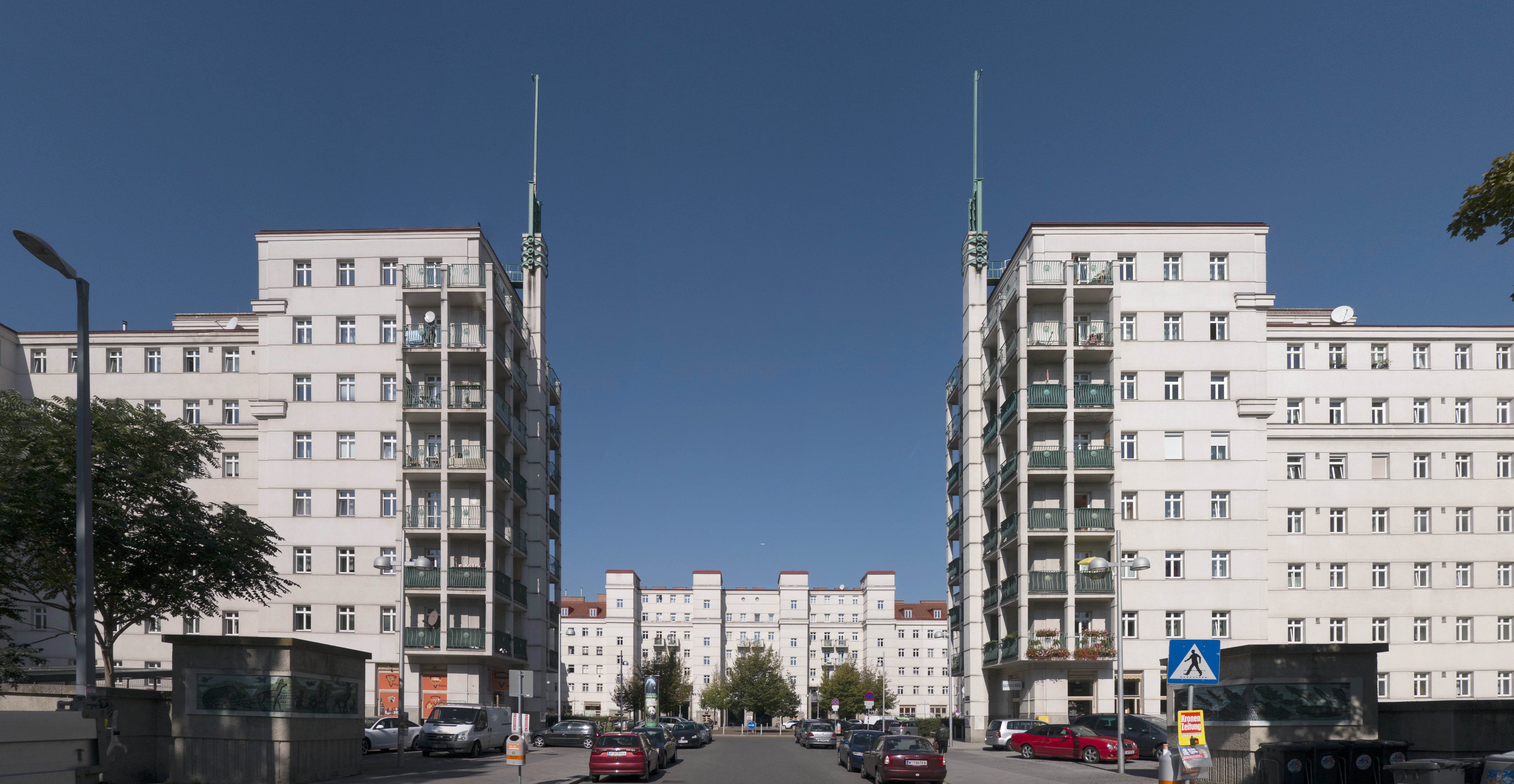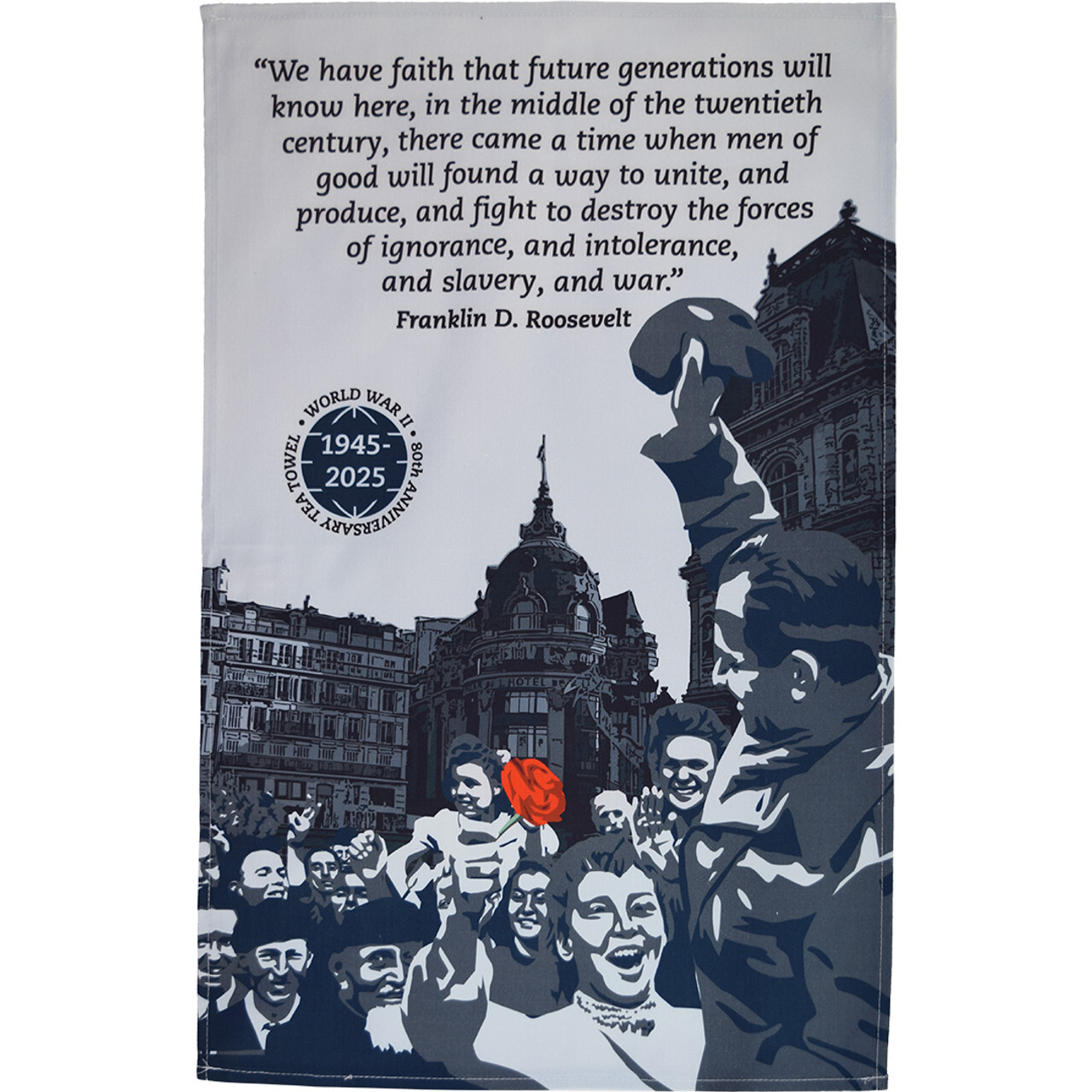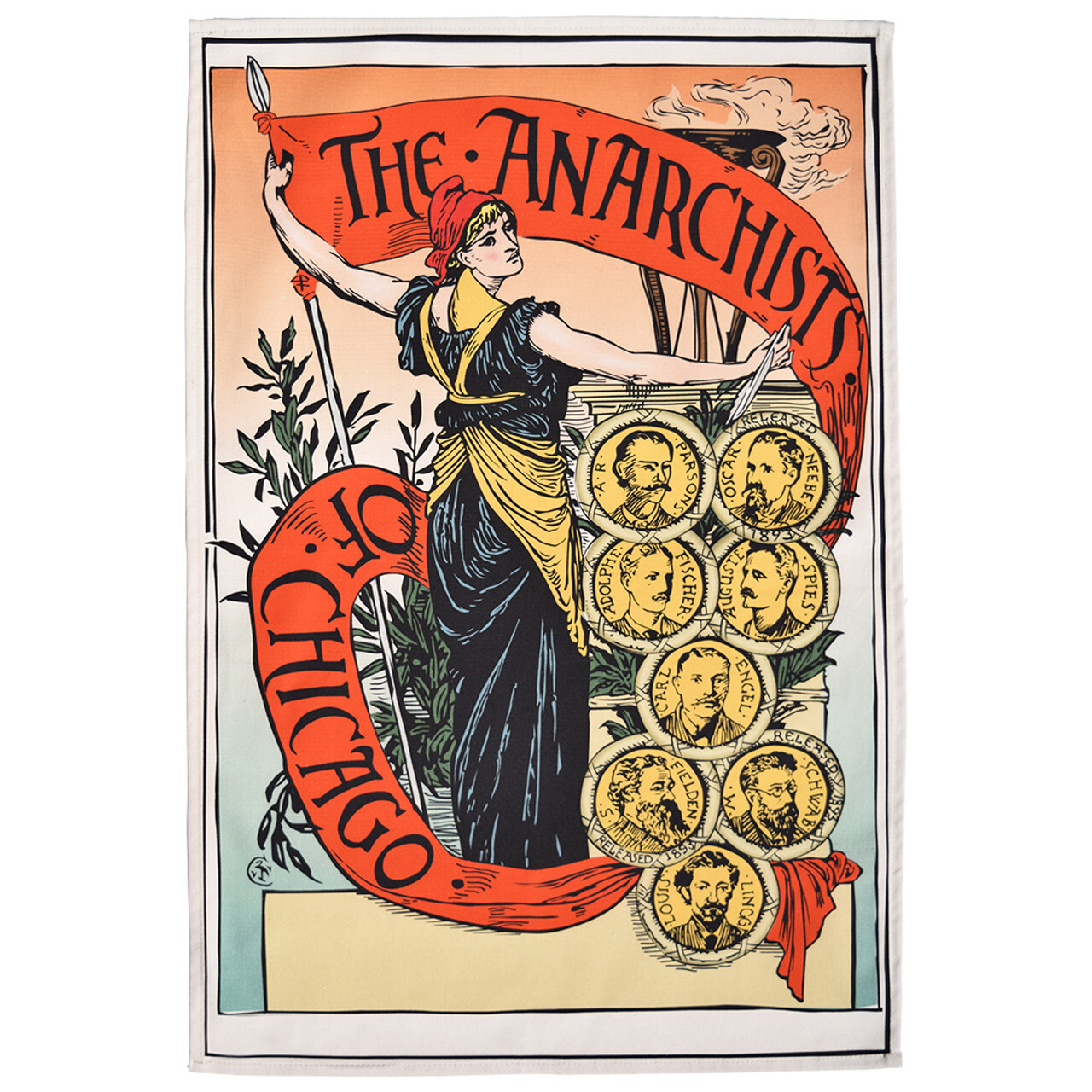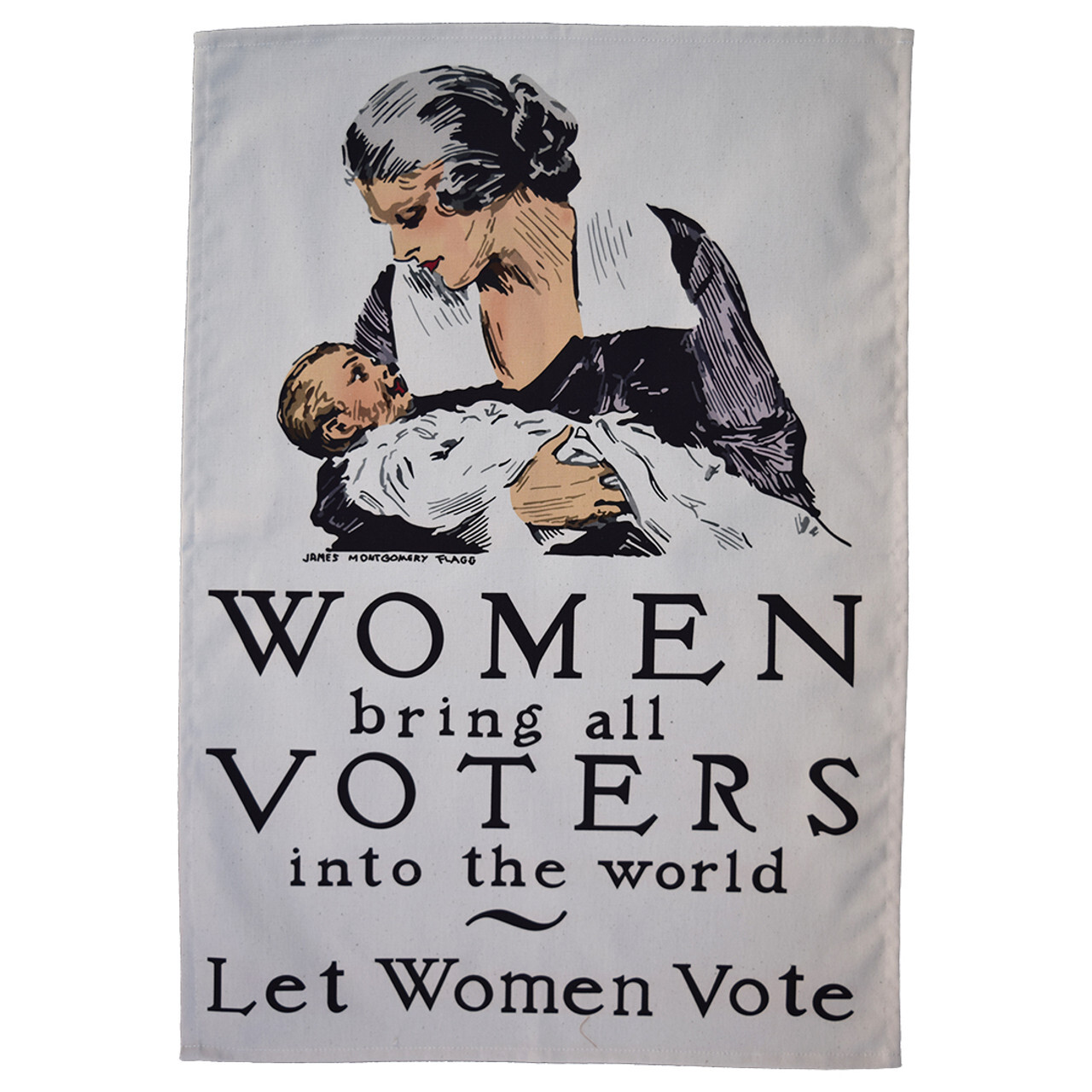The Socialists in Red Vienna
Posted by Pete on 1st May 2025
Interwar Vienna was a centre of radical political experimentation

Wohnhausanlage Frederich-Engels Platz in Vienne, built 1930-33. Attribution: Thomas Ledl
From 1918 until 1934, Vienna was the most left-wing city in the world.
The Social Democratic Workers’ Party of Austria (SDAPÖ) enjoyed massive popularity, creating the urban phenomenon, Rotes Wien – Red Vienna.
The city’s socialist government enacted a series of social policies to help working-class lives flourish.
Celebrating 80 years since the end of WW2, we've launched several new tea towels commemorating the fight against fascism
See the End of World War 2 tea towel
The Austro-Hungarian Empire was hammered in the First World War.
As Germany’s ally, Austria-Hungary was broken up by the victors into several new states.
One of these was Austria itself, left with a small territory but a massive capital city in Vienna.
The social dislocation caused by the war encouraged revolutionary politics in Austria.
Like in Germany, a popular coalition overthrew the monarchy in 1918 to create a new republic.
In this context, the SDAPÖ was continually re-elected to govern Vienna for over a decade.
In the same way as other contemporary cities, like Chicago and the East End of London, Vienna’s multicultural working class supported a radical political culture.
Chicago in the US was a hotbed of radical politics from the late 19th to early 20th centuries
See the Anarchists of Chicago tea towel
The SDAPÖ administration pioneered policy that showcased the transformative potential of left-wing urbanism.
A massive house-building program created 60,000 new apartments.
The investment was funded by progressive taxes on income and luxury goods, and the most vulnerable were prioritised in the allocation of new housing.
And the apartment blocks themselves were also experimental.
Architects used new, popular theories about green space and community to foster solidarity and happiness among working-class residents.
Red Vienna also involved huge investment in childcare, to reduce the gendered burdens on working-class women.
New kindergartens and after-school centres were built, and school lunches and medical checkups were subsidised for kids, too.
At the level of the city, socialist politics were thriving in Vienna.
But the same wasn’t true of Austria as a whole...
Since the republican revolution of 1918, national politics had moved rightwards during the 1920s.
The Austrian federal government was regularly at odds with Red Vienna, trying to cut its funding.
And this was taking place in the context of a reactionary turn throughout central Europe, with the rise of Nazism in Germany.
The socialist government in Vienna recognised the value of women's contributions and the need to invest in children
See the Women Bring all Voters tea towel
Hitler had many supporters and sympathisers inside Austria, and their hatred was focused on Red Vienna.
The Austrian fascists and their conservative allies launched racist attacks on the Viennese Left.
Jewish Austrians were well-represented in the SDAPÖ and its working-class base in Vienna, attracted by its socialist principles of equality and fraternity.
In response, the Austrian Right embraced anti-Semitism, denouncing Red Vienna for violating the conservative ideal of Austria as a traditional, Catholic society.
But Vienna remained defiantly left-wing. The popular roots of socialism there had been dug deep.
Unable to dislodge the Viennese Left by democratic means, the Austrian Right turned to dictatorship.
In 1934, the conservative chancellor Engelbert Dollfuss suspended the constitution and criminalised the socialist party.
The SDAPÖ administration of Vienna was overthrown by force, and its social policies were immediately rolled back at the expense of the working class.
And with the Austrian Left crushed, the country’s best defence against fascism was undone.
In just a few years, Nazi Germany, supported by its local allies, annexed Austria in 1938.
Over the next seven years, many of Red Vienna’s protagonists and constituents were persecuted, imprisoned, or killed by the Nazi regime.
An estimated 70,000 Jewish Austrians, most of them Viennese, were murdered in the Holocaust.
As the Austrian fascists came for the socialists in the 1930s, few spoke out, as noted by Martin Niemöller in his famous poem
See the Martin Niemöller tea towel
The progressive political experiments of the 1920s and 1930s, like Red Vienna and the Popular Front governments in Spain and France, are often forgotten.
These projects are lost in history, hidden from view behind the same fascist regimes that violently destroyed them during the 1930s.
But it’s important we remember Red Vienna and the other triumphs of the interwar Left.
The European resistance to fascism emerged from the ashes of these projects, and they continue to prove the transformative power of progressive politics, even in the darkest of times.




